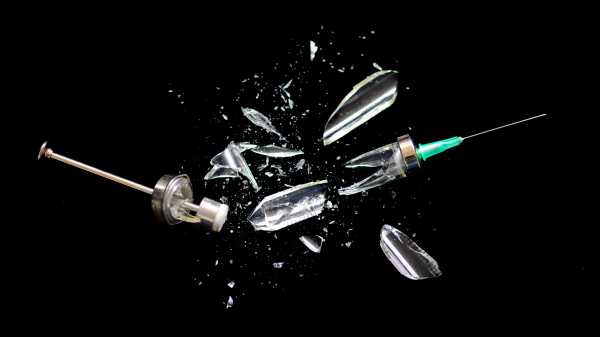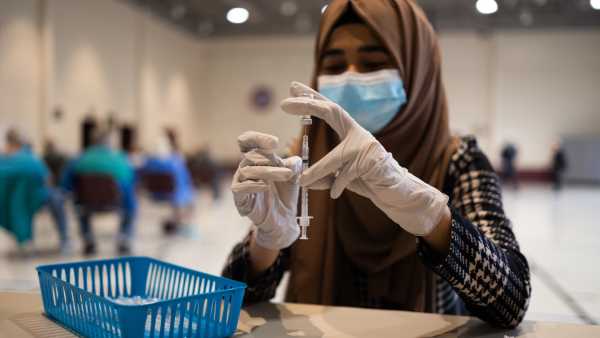
Caffeine withdrawal headaches usually occur when you skip your usual cup of coffee. This often happens when people have to give up coffee due to a medical procedure or religious fasting. (Image courtesy of South_agency via Getty Images)
Skipping your morning coffee is a literal headache. While caffeine is often used to boost energy, drastically cutting back on it can cause a debilitating headache. And for those trying to give up coffee entirely, the pain can be especially excruciating.
“Caffeine withdrawal headaches can be surprisingly intense,” Dr. Nolan Pearson, a neurologist and headache specialist at Cedars-Sinai Medical Center in Los Angeles, told Live Science. “They can trigger a migraine-like headache, which is throbbing, pounding, pulsating.”
But why is caffeine withdrawal so painful? Neurologists still can't give a definitive answer, but they do have some theories and tips on how to deal with those nasty headaches.
You may like
-
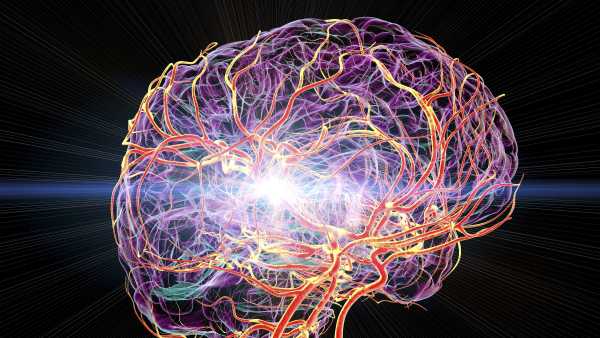
Mysterious migraines after heart surgery may finally be explained
-
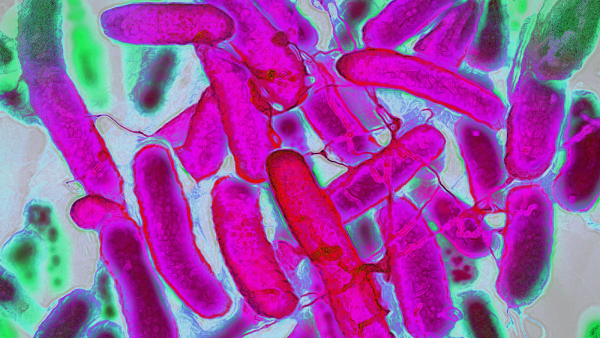
Caffeine May Help Bacteria Resist Antibiotics, Study Shows
-
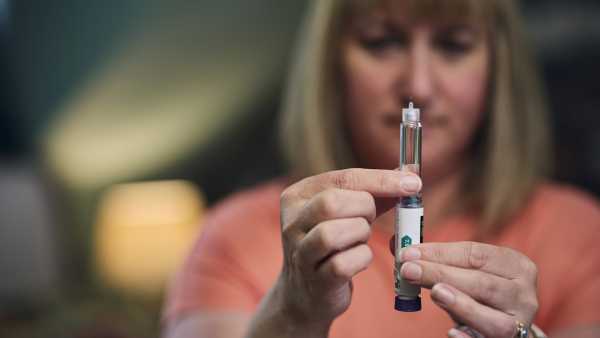
Drug cuts migraine days in half in preliminary trial – and it may work through a completely 'new mechanism'
According to the International Classification of Headache Disorders (ICHD-3), caffeine withdrawal headaches occur after a person consumes more than 200 milligrams of caffeine (equivalent to about two cups of coffee) per day for more than two weeks and then abruptly stops caffeine consumption. The headaches usually appear within 24 hours of going caffeine-free and typically resolve within a week or when caffeine consumption is resumed.
The reason why caffeine withdrawal headaches are so painful remains unclear. Because caffeine affects many parts of the body, experts have been unable to pinpoint a single, overarching cause. However, the pain is likely due in part to dilation of blood vessels.
Subscribe to our newsletter
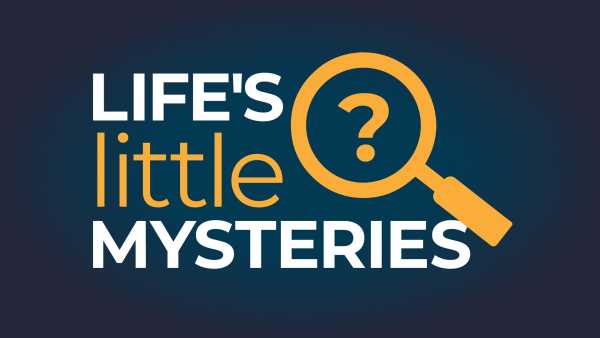
Subscribe to our weekly newsletter, Life's Little Mysteries, to get the latest detective stories before they hit the web.
Caffeine constricts blood vessels, which partly explains why the drug can, paradoxically, be used to relieve some types of headaches, according to the Mayo Clinic. When the caffeine is stopped, the blood vessels dilate, increasing blood flow and therefore pain. But Dr. Brian McGeeney, a neurologist and headache specialist at Boston's Brigham and Women's Hospital, says that's only part of the reason.
“It's certainly a complicated story, but it's not the end of it,” he told Live Science.
Another explanation for caffeine withdrawal headaches involves adenosine receptors. The drug blocks adenosine, the building block of RNA, from attaching to receptors scattered throughout the central nervous system. This causes neurons to fire more quickly and blood vessels to constrict, which in turn promotes alertness and sleepiness.
When a person stops drinking caffeine, a sudden buildup of adenosine in the body can contribute to withdrawal headaches. This is why caffeine is often used to treat headaches: By blocking adenosine receptors, it prevents blood vessels from widening in the first place. According to the Mayo Clinic, caffeine may increase the effectiveness of painkillers like ibuprofen and acetaminophen.
But, as Pearson noted, most of the reasons for caffeine withdrawal are still unexplained. “We certainly don’t know, but these are all reasons why it might cause headaches,” he said.
Caffeine withdrawal often occurs in hospitals when patients have to give up coffee to undergo a medical procedure. Some studies have also shown caffeine withdrawal symptoms in people who are fasting, such as Muslims observing Ramadan.
“When life is interrupted unexpectedly, like when you end up in the emergency room or in the hospital, you often experience caffeine withdrawal,” McGeeney said.
RELATED SECRETS
– If the brain does not feel pain, why does the head hurt?
— Can hot drinks help you cool down?
—Why does drinking water feel so good when you're thirsty?
Caffeine is generally safe in moderation. But when someone wants to cut back or quit caffeine entirely, experts agree that the best strategy is to taper off gradually. Drink a little less each day or replace it with low-caffeine alternatives, like tea, to ease the transition.
“If someone is a regular caffeine user and wants to cut back, I would advise doing it gradually,” Pearson said. “So no faster than 25 to 50 milligrams of caffeine a day — that's about a quarter to a half cup of coffee.”
If the headache lasts longer than a week, Pearson recommends seeking medical attention, as that time frame suggests the headache may be caused by something other than caffeine withdrawal.
Disclaimer
This article is for informational purposes only and does not provide medical advice.
TOPICS Little Secrets of Life Caffeine

Abby Wilson, Social Link Navigator, Live Science Contributor
Abby Wilson is a London-based freelance journalist specialising in technology, health and the environment. Her work has appeared in The Week, the New York Daily News, Homes & Gardens and Better Homes & Gardens, among other publications. She holds an MA in Investigative Journalism from St George's, City College, University of London and a BA in Journalism from New York University.
You must verify your public display name before commenting.
Please log out and log back in. You will then be prompted to enter a display name.
Exit Read more

Mysterious migraines after heart surgery may finally be explained
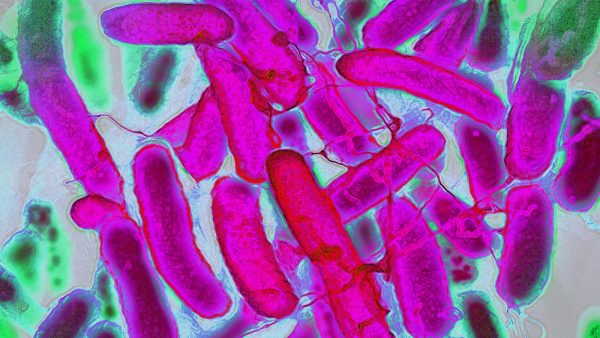
Caffeine May Help Bacteria Resist Antibiotics, Study Shows
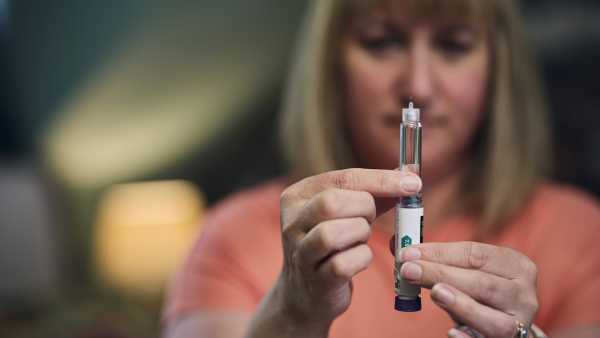
Drug cuts migraine days in half in preliminary trial – and it may work through a completely 'new mechanism'
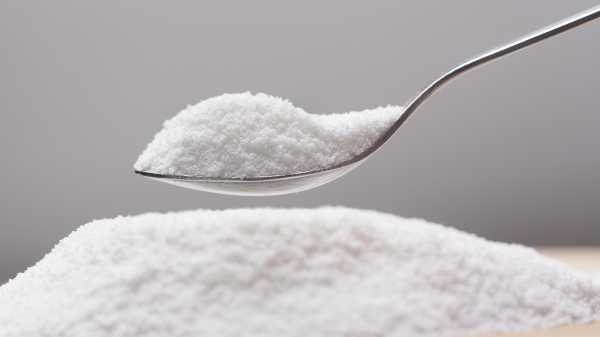
Sugar-Free Sweetener Erythritol May Possess Danger to Brain Cells

Scans show that when your mind “switches off,” brain activity resembles deep sleep.
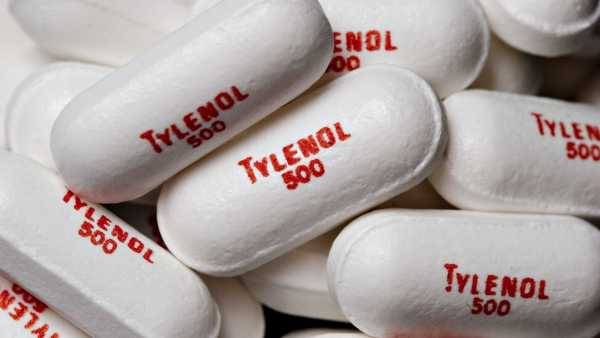
Scientists Finally Figure Out How Tylenol Works — 130 Years After We Started Using It Health News
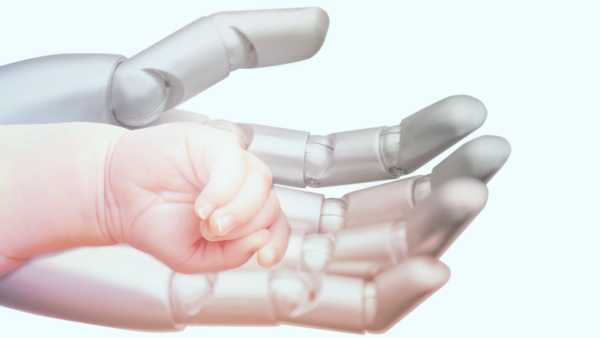
If 'pregnancy robots' were a reality, would you use them?
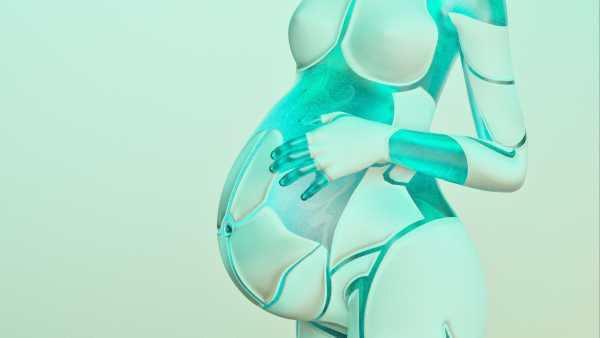
There's No $14,000 Pregnancy Robot From China. But Is Such Technology Possible?
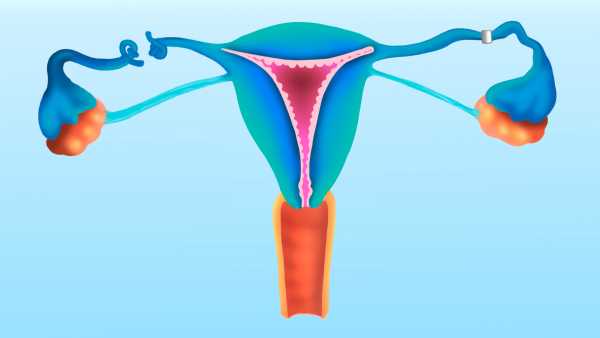
How does the tubal ligation procedure work?

Does cannabis increase the risk of cancer?

A tourist picked up a poisonous snake and died after the bite triggered a rare allergic reaction, authorities say.
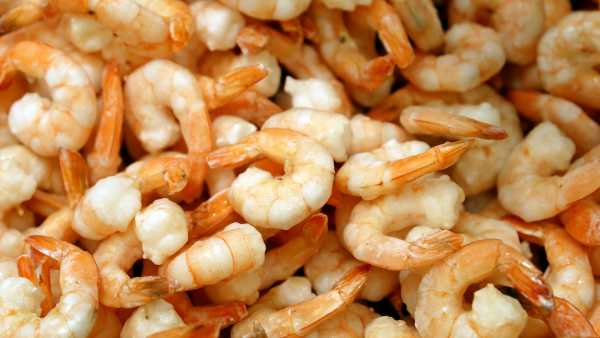
FDA recalls more packaged frozen shrimp over possible radioactive cesium contamination. Latest news
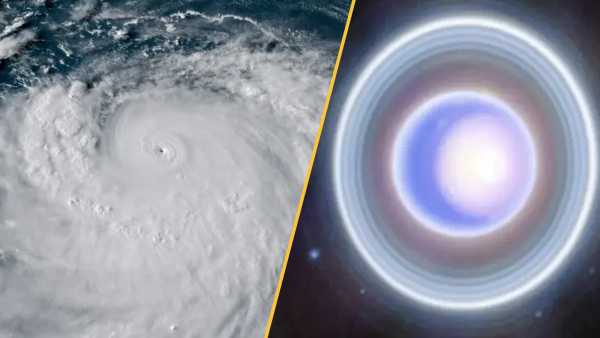
Science news this week: Storms rage on Earth and the Sun, and a new moon has been spotted around Uranus.
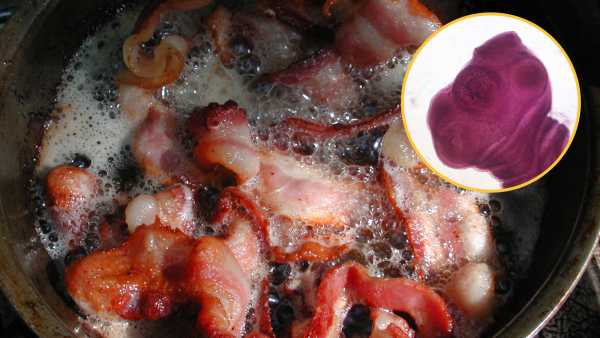
Man's preference for 'soft' bacon may have caused his brain to become infected with worms
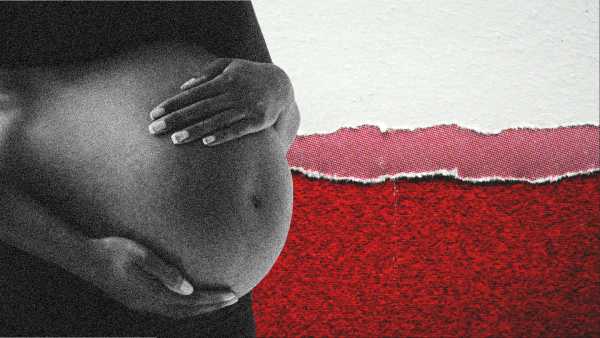
“We know what to do; we just need to implement it.” Pregnancy in the U.S. is more dangerous than in other rich countries. But we can fix it.

Japan's supervolcanic “hell” caldera is home to 17 different volcanoes.

Which Roman emperor reigned the longest?
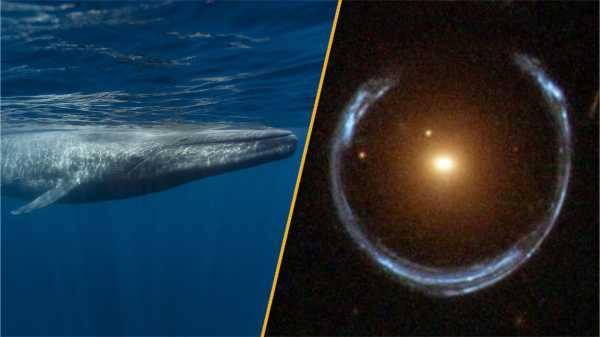
Science News This Week: Black Holes Galore and Blue Whales That Still Sing LATEST ARTICLES
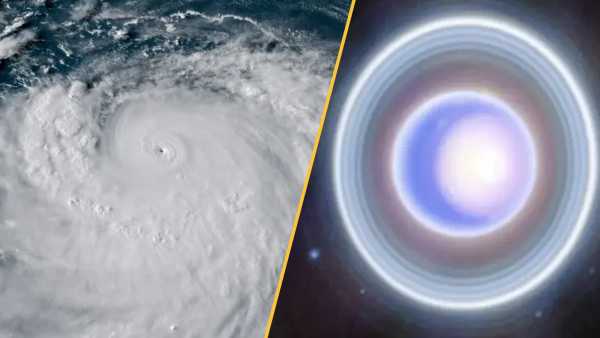
1Science news this week: Storms rage on Earth and the Sun, and a new moon has been spotted around Uranus.
Live Science is part of Future US Inc., an international media group and leading digital publisher. Visit our corporate website.
- About Us
- Contact Future experts
- Terms and Conditions
- Privacy Policy
- Cookie Policy
- Accessibility Statement
- Advertise with us
- Web Notifications
- Career
- Editorial Standards
- How to present history to us
© Future US, Inc. Full 7th Floor, 130 West 42nd Street, New York, NY 10036.
var dfp_config = { “site_platform”: “vanilla”, “keywords”: “type-llm,van-disable-newsletter,serversidehawk,videoarticle,van-enable-adviser-
Sourse: www.livescience.com



